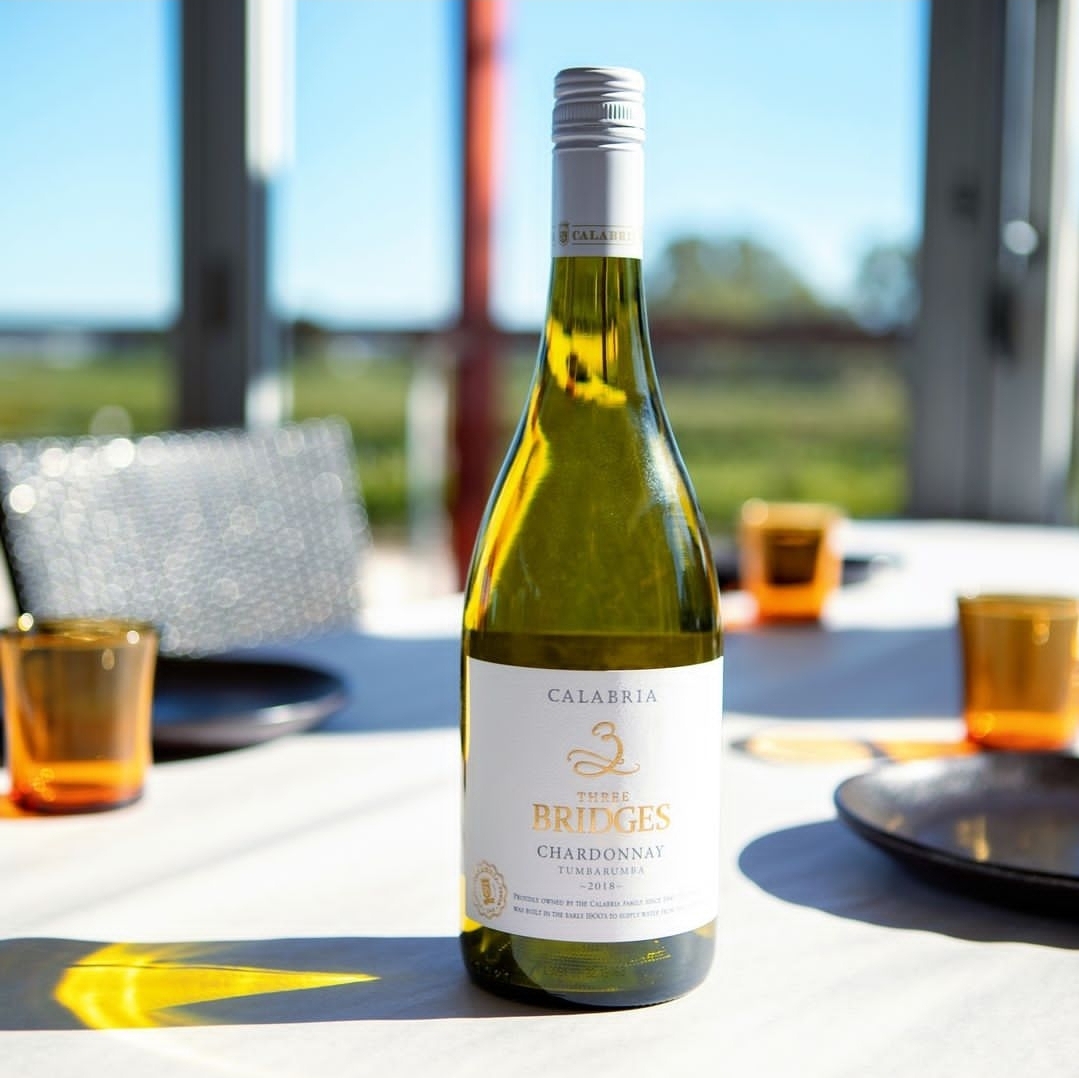Tumbarumba region leading the 2023 Chardonnay renaissance

Chardonnay may be the most regal of white varietals, but it’s probably also the most divisive. When it comes to wine, we’ve all got opinions, but when it comes to chardonnay, those I talk to either love it or hate it. Seldom is there middle ground. And I understand the repugnance of the over-oaked and unduly woody styles that Cath and Kim made infamous during the 1980s, but contemporary winemakers are now producing wines with such a diverse stylistic approach that there is surely now, a chardonnay for every palate.
Friends and family often ask me what is the “best” chardonnay to buy for an occasion. Should I get something from the Hunter Valley? Or perhaps one of the sleek, neat wines that are flowing from across the Bass Straight with all of their cool climate charm? Or would I be best leaning towards an old-world wine from one of the famed wineries in Burgundy or even something more linear from Chablis?
As with everything in life, I reckon we should ignore the hype, the stereotypes and prejudices and simply drink the wines that appeal to us. Who cares if your friends don’t like the fruit-driven but liberally oaked chardy that you adore? Or if your family think that the crisp cool climate wine you rave about is too lean and lacking in mouth feel and fruit? If the cap fits, just wear it, I say!
As much as terroir and winemaking practices influence the characteristics of wines, it’s climate that defines styles – especially when it comes to chardonnay. Chardies made in the warmer climate regions (especially in the New World) will very often be opulent, rich and ripe – filling the mouth and exciting the taste buds. If you like ripe peaches and pineapple, warmer climate chardonnay is likely a style for you. On the other hand, if you prefer a more refined chardonnay with a lighter body, higher acidity and a crisp, clean finish, then cool climate wines will probably fit the bill just nicely.
Personally, I enjoy all types of chardonnays but in summer months, I tend to gravitate towards the mineralic, lean and crisp styles that are more palate pleasing as the mercury rises. And while there are plenty of cool climate regions within our domestic market to choose from, one that has caught my attention in recent years as an up-and-comer, is the Tumbarumba District in New South Wales.
Tumbarumba is located in the Western foothills of the Snowy Mountains and sees an elevation between 209 and 1290 metres above sea level and is likely New South Wales’ coldest wine-producing region. The two main grapes grown there are pinot noir and chardonnay, and historically, much of the chardonnay and pinot noir has been sold to wineries further afield who prize the fruit for making elegant sparkling wines. Although there are some local wineries making regionally branded wines, quite often the local fruit is vinified by producers further afield who make it as a single region wine – and those wineries include the Calabria – with their Three Bridges Chardonnay.
Calabria is based in Griffith in the Riverina Region, though it also has a Barossa Valley outlet these days. Their substantial portfolio includes the Three Bridges Chardonnay – a wine that is labelled and promoted as using fruit from the Tumbarumba District. The 2019 edition is now on the shelves and perhaps a little more generous in fruit and flavour thanks to a slightly warmer season.
There’s plenty to like about Calabria’s contemporary expression of a Burgundian classic. It’s more deeply yellow and aromatic on the nose than you’d expect from the climate as the first whiff produces waves of lime marmalade, guava and tropical fruit. Once on the palate, custard apples meet lemon, lime and a few rogue cashew nuts before creamy yeasts and toasty French oak command attention through the finish.
The Three Bridges Chardonnay is more consumer-friendly than it is sophisticated, though it is sure to snag a few admirers at the $20 – $25 price point. And Tumbarumba, with its Goldilocks “just right” compromise between fruit and finesse, may just be the region to lead the 2023 Chardonnay renaissance.